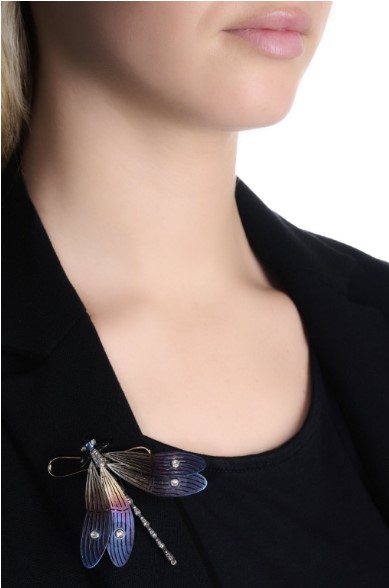Take a Cab!
Cabochon gemstones display a unique charm and exude an ultra-luxe vibe when set in jewelry. The above Bulgari piece stands witness to that timeless effect.
What's a Cab, anyway?
A cabochon gem has been smoothly polished on the top viewing portion, and most often has a flat underside for ease in setting.
The allure of cabochons is quite simple. It allows one to view the internal characteristics much better, unhampered by the facets and their reflection as is the more popular cutting style for gemstones. It's also a dramatic way to appreciate the natural color of a jewel.
Ups and Downs
Admiring the stone's color seems to be a spectacular benefit of choosing to shape a stone into a cabochon cut. The downside is that seeing inside the stone may also allow viewing of natural inclusions which are quite obvious. These flaws can be altogether hidden when that same stone is faceted.
But is that really a 'downside'? Earth mined diamonds and gemstones are often recognized by their distinct natural inclusions, so this is an identifying trait to verify the stone's authentic nature as well. All good.
Fancy ---Like Applebee's on a Date Night
High jewelers like the iconic Bulgari brand have featured cabochons in their haute jewelry over the years. But did you know that the cabochon is actually an ancient gemstone shape with examples dating back thousands of years?
This is a lovely example of a 15th century Italian gold ring set with a cabochon emerald.
Walk Like an Egyptian
And going back even centuries earlier, we find an Egyptian era garnet and gold armlet, circa 2nd century.
The timeless appeal of cabochons transcends fads and eras, making this stone cutting style a must-collect for today's gemstone lover.





Comments